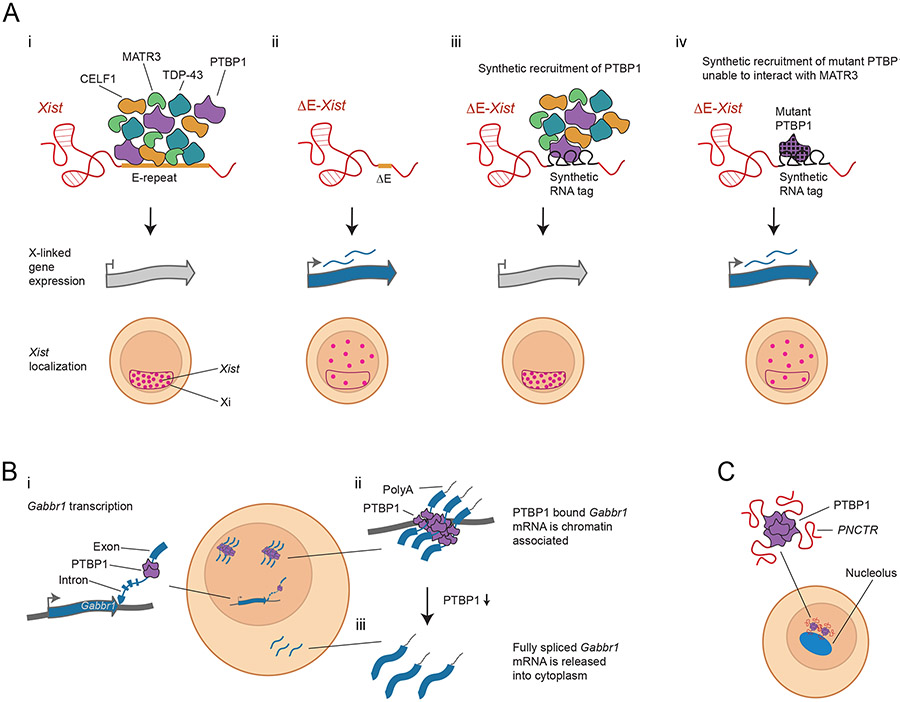Figure 2. Stabilization of the Xi by the Xist E-repeat binding proteins PTBP1, MATR3, TDP-43 and CELF1.
A) i) The E-repeat binding proteins PTBP1, MATR3, TDP-43 and CELF1 bind to the E repeat in wildtype Xist, a 1.4kb region that contains a large number of sequence motifs for each of these proteins (top row). The proteins also interact with each other. In differentiating female mouse embryonic stem cells expressing wildtype Xist, the RNA exhibits coating of the Xi and gene silencing occurs (second and third row). ii) If the E repeat is deleted, PTBP1, MATR3, TDP-43 and CELF1 no longer bind to Xist. These cells initiate Xist coating and genes begin to silence, but after initiation of XCI, Xist becomes dispersed through the nucleus, and genes on the Xi reactivate. iii) If the E repeat is deleted but multiple PTBP1 molecules are artificially tethered to the mutant RNA, MATR3, TDP-43 and CELF1 can be indirectly recruited and silencing of X-linked genes and Xist coating of the Xi are retained. This result also holds when either MATR3, TDP-43, or CELF1 are artificially tethered to Xist [31]. iii) If a PTBP1 mutant that prevents the interaction with MATR3 is artificially tethered to Xist, the protein complex no longer forms and Xist fails to maintain its localization and silencing is not maintained. This result also holds if MATR3 is artificially tethered to Xist but contains a mutation preventing it from interacting with PTBP1 or blocking its self-interaction [31], supporting the importance of protein-protein interactions.
B) PTBP1 regulates the chromatin association of the Gabbr1 mRNA. i) The Gabbr1 transcript is transcribed from its locus. ii) The fully transcribed Gabbr1 mRNA is polyadenylated with most introns spliced out, but PTBP1 binding prevents splicing of one intron. The PTBP1-associated transcript is chromatin associated (although the specific location is currently unknown). iii) Following reduction of PTBP1 (by knockdown or neural differentiation), the intron is spliced and the transcript is released into the cytoplasm [85].
C) PTBP1 also maintains the localization of the lncRNA PNCTR to the peri-nucleolar compartment [86].

